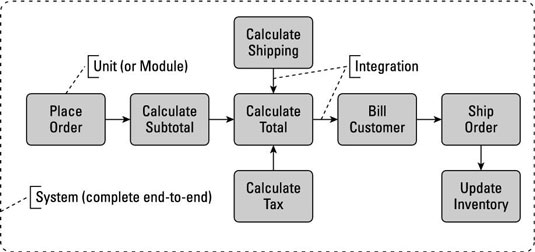Introduction to prototyping for Business Analysis

In prototyping, you create a model of the proposed solution. In business analysis, a prototype, or mockup, generally means a representation of a computer screen and examples of how the user will interact with the application to accomplish a task to solve the business problem. The business analyst creates the prototype, usually with help from the technical team. Remember: Prototyping is a great tool to communicate what a software solution will look like. You just need to make sure that the solution doesn’t come before the underlying problem has been identified. Sometimes, a stakeholder draws a picture showing you what he thinks the solution should look like. That initiative isn’t necessarily bad, but it puts the cart before the horse. In this situation, you still need to understand what the underlying problem is within the business domain. Here are the reasons why prototyping is so great: Prototypes give users something tangible to review. People are visual. Many people are int...
